Simon’s Diary- March 10, 2016
Today’s diary is made by Partex employee Simon Hooper that was chosen to be ambassador from Partex UK.
March 10, 2016:
Before I start, a little about myself: I work for the Partex AB daughter company in the UK, Partex UK. I have worked at Partex for 22 years, for the past 10 years as an IT Manager. I am 41 years old and married with two young children. I volunteered for the Lööf Foundation to be an ambassador for the Star for Life program as, having two small children myself, I was keen to see the difference that the Star for Life organization makes for these kids.
The coach left the hotel at 9:30 for the short journey to Hluhluwe Public School (pronounced something like shushlewie).

On the way, the Star for Life Secretary General, Sam Ollfsson, gave us some background on the Star for Life project: for the first eight years, SFL worked only in High Schools but, due to repeated requests to work with younger children, they started working in primary schools too. To date, the SFL program is running in 13 primary schools and 90 high schools in the area, with each child costing approximately 200 SEK to put through the program. All money raised by SFL stays within the organization and is used directly in the project with equipment and staff sourced from local communities.
The Hluhluwe area is in the middle of the worst drought in living memory, however, ironically, the coach had to drop us outside the school entrance due to the mud caused by the last two days of rain! The locals are very grateful for the rain, even if we’re not, as it hasn’t rained in some areas for many months.
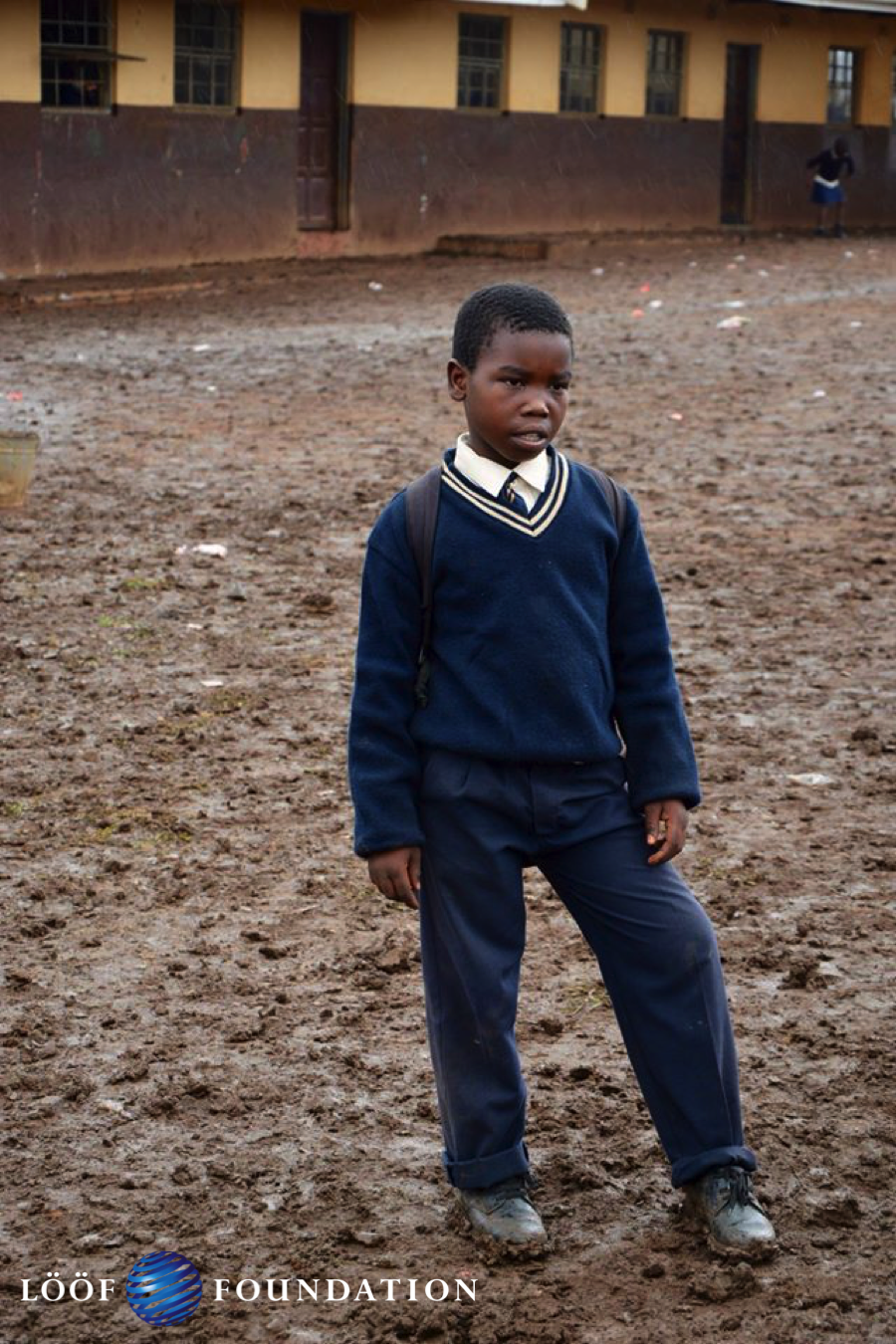
Hluhluwe Public school is a primary school, grades 1 to 7, for 507 children of up to 11 years of age. As we gingerly picked our way through the mud to the school gates, we were greeted by the many children who were spilling out of the gates to visit the impromptu tuck shop set-up by a few enterprising ladies just outside. As we have seen at the other schools, the pupils seem very proud of their school uniform and make an effort to look as smart as they can.
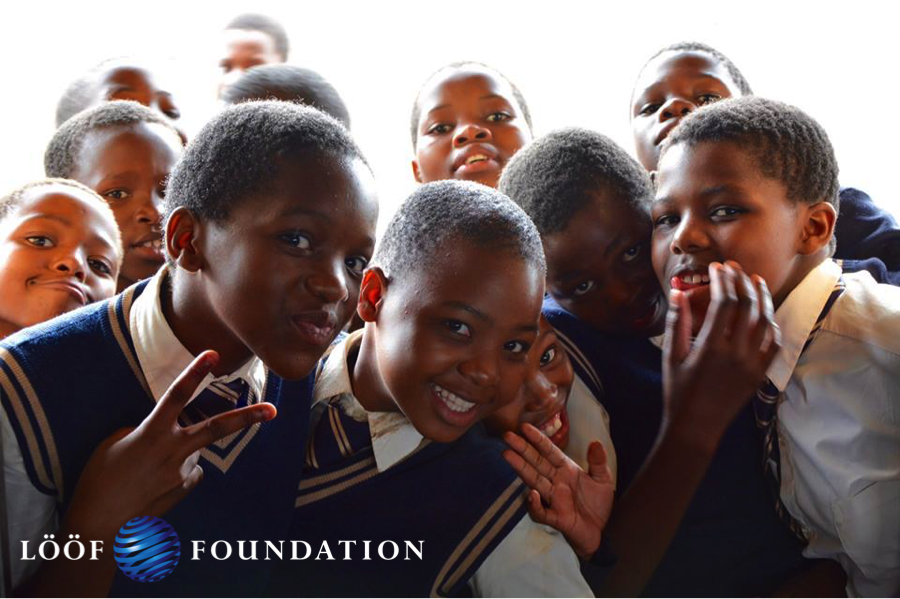
One of the first thing I noticed was that some of the children were barefoot. The school yard, which is presumably normally compacted bare earth, was today muddy and full of loose stones. The barefooted children seemed to walk around without an issue – presumably they are used to doing so – but it was still hard to see and really brought home the poverty of these children, more so than the threadbare uniforms that many of them wore.
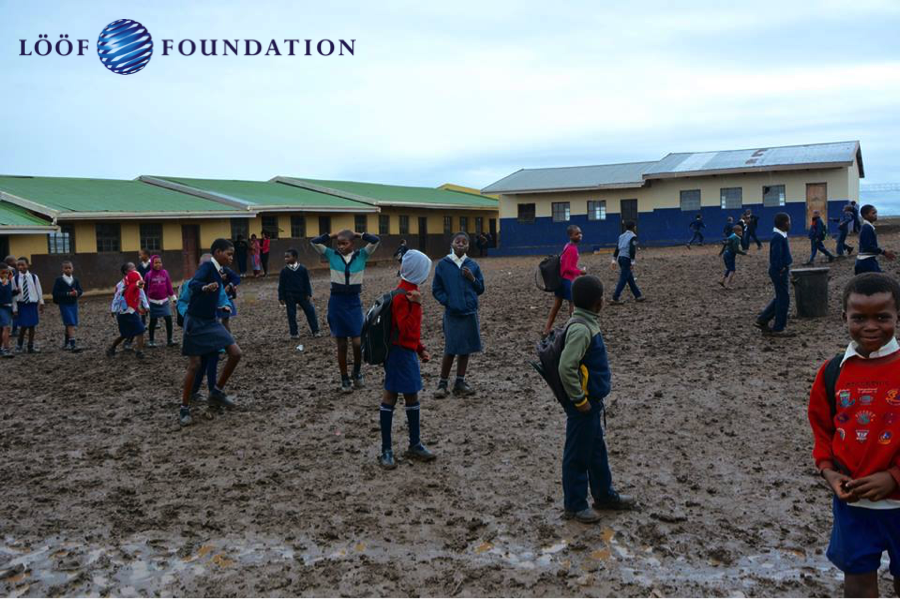
Once we were joined by other members of the tour, and SFL founder Dan Ollfsson, we were led to the grade 7 classroom. The teacher of the class gave us a demonstration of how they teach the SFL message of staying AIDS free to the children. The children were also asked to speak about their dreams, common dreams were to be a successful businessman, nurse, policeman or lawyer. Then Dan Ollfsson was invited to speak to the children. He gave a short speech about how he felt compelled to act by the South African HIV epidemic and that he felt the most effective way to tackle it was to invest in the future of the country by investing in the health and dreams of the children.
Next, we were taken to a grade 1 classroom across the yard. (It was raining pretty heavily by this point) We made our way across as quickly and carefully as we could, trying to remove the mud from our shoes before entering the classroom. In this class, the youngest children are introduced to the SFL star by a member of the team in a “star character” costume using play, song and music. We watched as this SFL mascot, joined by the kids, sang, chanted and danced through the basic SFL message. The young children obviously enjoyed the session and there was a lot of laughter, shouting and singing.

After this short lesson demonstration, we were due to watch some performances by the children in the yard. However, due to the rain, we moved along to the next, grade 4 classroom for the show. First, there was a display of singing and dancing by a group of 16 girls. One of our group members was brought into the circle of dancers to have a go at joining in! Next, a group of 14 boys performed a traditional Zulu dance of frenetic high-kicks and splits. Again, a couple of our group members were invited to perform the dance, not surprisingly, they found the dance very difficult.
Finally, the principal, Mr Maphanga, introduced us to the teachers whose sessions we had watched, and provided a few closing words of thanks to the sponsors and SFL organization.
Health Clinics:
While we were at the school, the SFL sponsored mobile health clinic was there. The mobile health clinic visits 4 SFL schools per week, making it around all of the SFL schools at least twice a year.
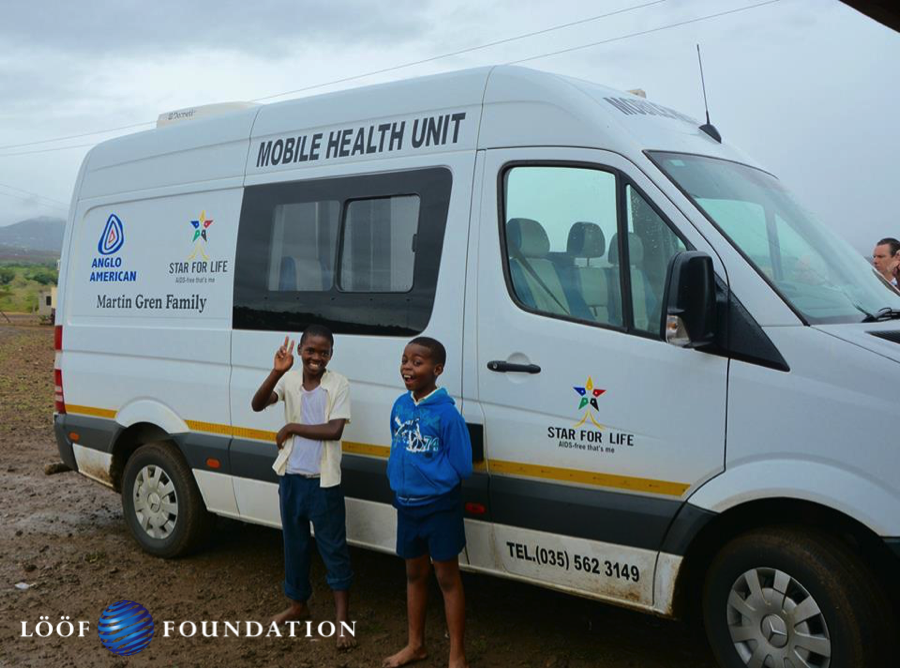
I chatted with a local nurse Sebenzile, who works with the service. The mobile health unit visits the school and works with a resident coach at each school. The staff of the unit provide health education for up to 200 children at a time on each visit – usually talking to one of the school grades on each visit. They also provide free health care to the children – this can be anything, from dental checks to HIV tests.
I asked Sebenzile what the most common ailments they treated were and, without a pause, she said HIV and TB! When children request a HIV test, or are perhaps sick with TB or referred by a trainer they are tested (voluntarily) for HIV. Children under 15 years of age must receive permission from a parent or guardian to be tested. The results are known within 15 minutes and, if positive, the children are referred to their local clinic for counselling, medicines and further treatment. The health unit also refers children to the school coach so that they can follow-up and provide further support to the child. Once a child has been assessed and has received counselling from the local clinic, they start a course of Antiretroviral drugs (known as ARVs). The mobile clinic will follow-up to see how the child it progressing with treatment and often visit children and their parents at home, at this stage. All healthcare and medicines are free of charge, the child just needs to make the journey to their local clinic.
With the help of ARV treatment, those infected with HIV can expect to live a long and relatively healthy life – they will be able to study or work and are at low risk of infecting others due to the way the drugs surpress the HIV virus. There is no cure however, and the drugs will need to be taken for life.
The clinic also tries to support the many orphans who are often living alone and supporting themselves, as their parents have died from HIV/AIDS. They do this by working with the school coaches and by making home visits to check on their health and that they have an adequate diet, etc.
This week has been a fantastic experience for me. Despite the hardships of their lives: poverty, HIV, loss of parents/family, the children are full of happiness and laughter.
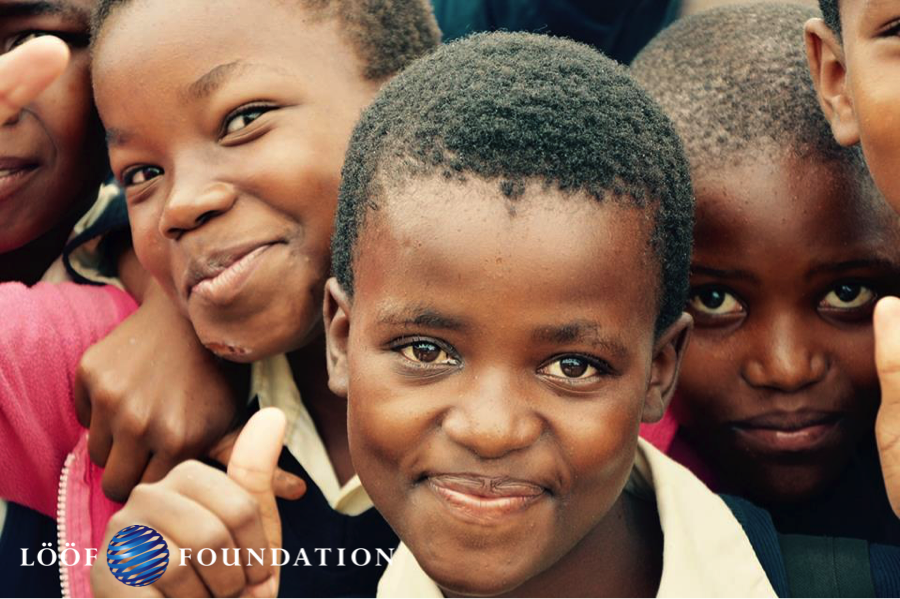

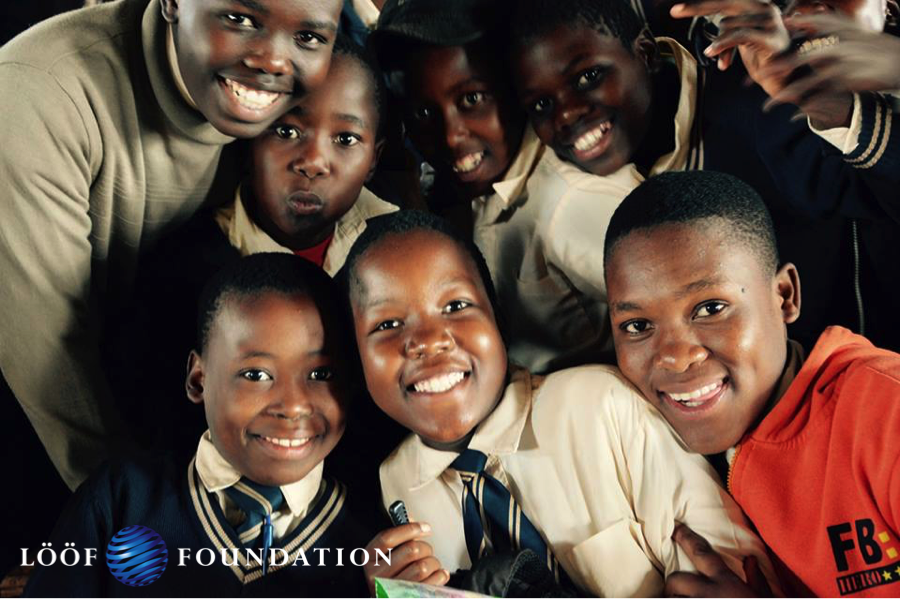
Their keenness to learn and positively makes you realize how much we (from our wealthy countries) take for granted. The high standard of teaching, both by the school teachers and the SFL trainers, also took me by surprise. To sum up, I’m really going to miss Africa when we leave, and I can’t praise the work of SFL highly enough!
/Simon Hooper



 BACK TO PROJECT
BACK TO PROJECT